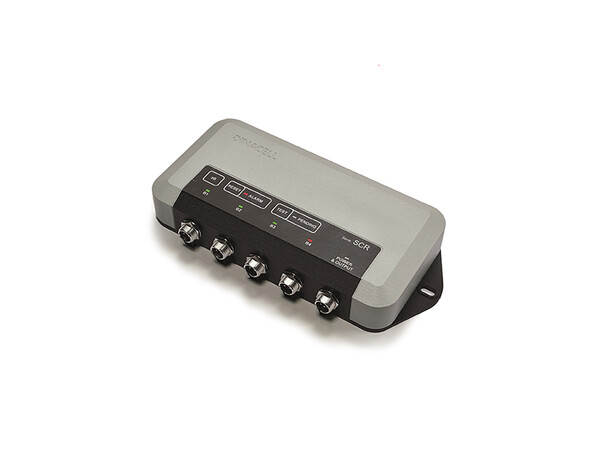Replacing belts as needed
The number of lifts in which belts are being used as load-bearing devices instead of ropes is growing almost daily. What must be borne in mind, what challenges does this involve?
By Peter Erdmann
The first challenge after introducing belts as load-bearing devices in lift systems was load measurement. Solutions based on the principle of load measurement on wire ropes were quickly found. This means that the tried and tested methods can continue to be used without changing known routines.
With ropes, it is easy to check when they are wearing out. With wire ropes that are contained as cores in the plastic belt, this is no longer so easy. The most important point, the detection of breaks in the cores, was achieved very quickly.
A continuity measurement can be used to quickly and easily determine whether the flow of current is interrupted or not. The big challenge was to develop a clamp that does not infringe any patents and that can be installed with standard tools without much effort.
Time factor
After we succeeded in doing this, we were able to set further requirements. For the safe operation of the lift system, it is important to replace the belts before individual cores or individual wires break, similar to the requirements for lifts with wire ropes.
One simple option is to replace the suspension elements after a certain period of time. How can this time be calculated? First of all, there is the time factor that causes the materials to age normally without further use. How do these times change under different weather or light influences?
Use frequency
 SRC is a control unit that can detect wire breakage independently of a load measurement. Photo: © Dinacell
SRC is a control unit that can detect wire breakage independently of a load measurement. Photo: © DinacellThe next point is the active phase of the suspension elements. In lifts that are used less, mechanical wear is less than in systems that are used frequently. The distance of the trips, weight carried by trip, the number of stops, all of these are situations that place different demands on the material.
In addition to the successful combination of load measurement and wire break detection in one measuring device, the first tests have now started to evaluate the resistance of the cores and to take into account the running times and the ratio of the number of trips, distance and starts and stops.
The resulting information is important for the lift control system to ensure safe operation and to switch off the lift if necessary without affecting people.
Entries in the CanOpenLift protocol
The first type of those units has been integrated into existing bus components, like load measuring devices.
There are also defined entries in the CanOpenLift protocol that enable the processing of the information provided inside the lift controller. Conclusion: Thanks to it now being possible to test belts continuously, replacement when needed is possible – this not only saves operators money but is also a sustainable solution.
The author is the proprietor and managing director of Averdi, a lift component distributor.
More information: averdi.eu

























Write a comment